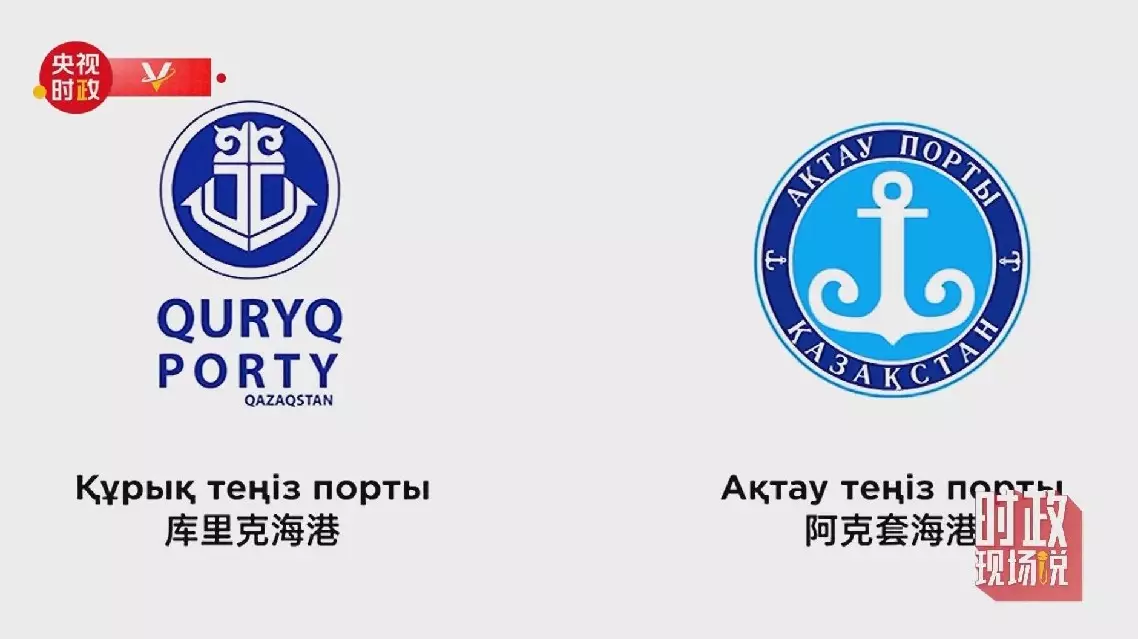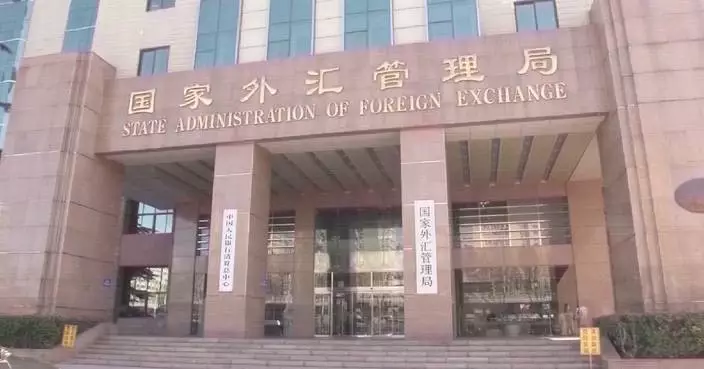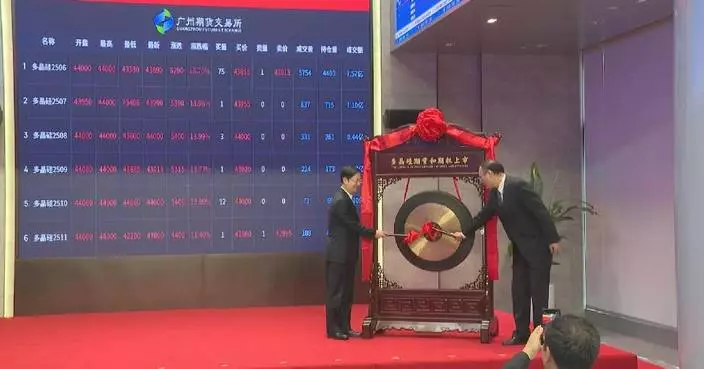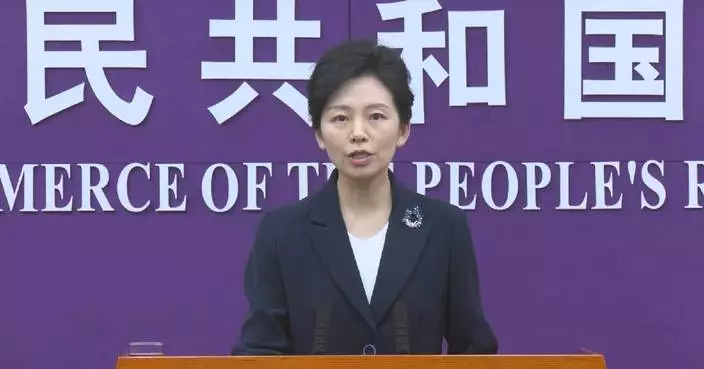The opening of the Trans-Caspian International Transport Route (TITR) will revive the historical prosperity of the ancient Silk Road by fostering economic, trade, and people-to-people exchanges among China, Kazakhstan, and other Belt and Road partner countries, personnel involved in the TITR project said on Wednesday.
Chinese President Xi Jinping and his Kazakh counterpart Kassym-Jomart Tokayev jointly attended an official opening ceremony of the transport route in the Kazakhstan's capital Astana on Wednesday, with the two leaders watching via video link as the route was put into operation.
The ceremony marked the first official crossing of Chinese freight from the Kazakh ports of Kuryk and Aktau along the Caspian Sea section of the TITR, which is also known as the 'Middle Corridor', with the two presidents giving the order for a convoy consisting of 26 freight trucks and 110 containers to be shipped across the Caspian Sea.
The route's opening marks the establishment of a new transport corridor linking Asia with Europe via the Caspian Sea. It also represents the first-ever connection between China and Europe through a Trans-Caspian road transport route, enabling Chinese trucks to transit through Kazakhstan and reach Europe for the first time.
This provides a new avenue and injects fresh momentum into China-Europe international logistics, significantly bolstering economic and trade cooperation among China, Kazakhstan, and other countries along the Belt and Road, and delivering more high-quality cooperation.
Wednesday's official opening brought immense excitement to both Chinese and Kazakh personnel involved in the project. They believe that the route will greatly boost economic and trade cooperation between the two countries, while also fostering economic, trade, and people-to-people exchanges among China and Kazakhstan, and to other countries located along the transport corridor.
Many also anticipate the project will help to revive the roaring success of the ancient Silk Road, one of the great historical trading routes which spanned across Eurasia to China for many centuries.
"During the visit of the Kazakh President to [northwest China's] Xi'an in 2023, the two countries signed an inter-governmental agreement involving road transportation. The agreement grants Kazakh carriers direct access to large Chinese freight enterprises and major cities, enabling door-to-door pickup and delivery services. Following the signing of this agreement, China is capable of transporting goods across the territory of Kazakhstan. Today, we stand as witnesses to the outcomes of this collaborative agreement. It can be said that we are reviving the prosperity of the ancient Silk Road," said Ali Altai, chairman of the Committee for Road Transport and Transport Control of the Ministry of Transport of Kazakhstan.
Now that the route is formally up and running, project leaders are now aiming to significantly expand the total volume of freight passing through Kazakhstan's Caspian Sea ports. "Moving forward, we will work with our counterparts from China's Ministry of Transport to annually verify the container quantity within the framework of the signed agreement. We will coordinate the overall cooperative mechanisms and future transport routes. At present, Aktau Port has a capacity of 110,000 containers, and our plan is to raise it to 300,000 containers by 2025," said Kirimbayev, director of Coastal Port Authority of Kazakhstan.
"The rise in cargo volume not only brings profits and creates job opportunities for the port itself but also elevates the importance of Kazakhstan as a vital transportation hub in the Eurasian continent. We will closely collaborate with our Chinese counterparts," said Amir Atambayev, chief engineer of Aktau Port.
"The opening of this route is believed to significantly enhance economic, trade and people-to-people exchanges among China, Kazakhstan, and other countries along the Belt and Road. Going forward, we will implement comprehensive measures to ensure the continuous and stable operation of this route, particularly for the Trans-Caspian International Transport Route connecting China and Kazakhstan, as well as China and Europe. This will guarantee the stability of the industrial and supply chains between China and Europe," said Cai Tuanjie, director of Transport Service Department from China's Ministry of Transport.

New transport route set to revive ancient Silk Road, promote exchanges among BRI partners









